[Editor's note] This article was contributed by He Chao teacher. He Chao is a 3D printing course planner for young people, a 3D printing education researcher for young people, and a special course consultant for more than 30 colleges such as Beijing Changping 15th Middle School and Wangfu Middle School. Through the youth 3D creative design software 3D One, many schools have successfully developed a rich 3D printing innovation education course.
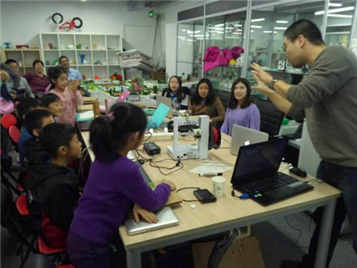
Youth 3D printing teaching
I haven't updated the article in the group for a long time. It is because during this time, Baylor has been busy writing the outline of the school-based curriculum for several 3D printing innovation experiment courses in primary and secondary schools. At the same time, I received two 3D printing innovation labs. However, in the process of writing and actually teaching them, many teachers were found to provide educational solutions to schools and teachers. There were some problems, so I decided to start writing my own experiences.
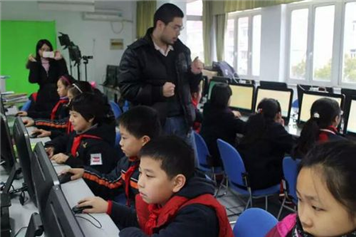
Primary and secondary school 3D printing innovation classroom
First, let's define the concept of "innovative education." Nowadays, an educator uses this term on his own products, but can it really help the primary and secondary school students to truly innovate? I have been making a question mark. Why not put together the hottest technical concepts, like robots, Arduino, Scarth programming, etc., is a revolutionary education. This is really a good concept, but is it really combined? I don't think so.
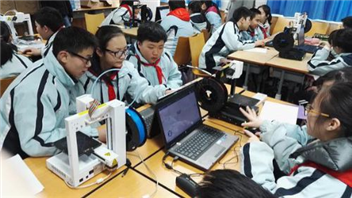
Classroom in primary and secondary schools is starting in 3D One
The Baylor team has conducted more than 100 innovative course experiments in the past year, which have given the middle school students and several key primary schools in Beijing's junior high school open experiment course. The final result is that good students simply do not need you to give them science, people Listen to a 45-minute technology concept that is better than the one you designed. And those who are really ordinary, the brain is not so flexible, what is needed is that the teacher guides him to ask a few more why, and soon after the guidance, you can catch up with the better students. Finally, the slower students who are slightly slower, with the help of good students and ordinary students, play the spirit of their silent follow-up, and they can make very good progress. Therefore, the innovative curriculum is not really a scientific concept that the educators are arbitrarily pieced together, but a real guide, guiding students to ask a few more questions.
Second, Mr. Baylor has repeatedly stressed that “3D printing†is only an indispensable tool for the development of innovative thinking, bearing in mind that it is not the only one. So when we provided students with a variety of 3D printing innovation labs, many of the equipment was there. Why? There is no systematic and gradual curriculum. It is difficult for teachers in real schools to have time and energy to concentrate on a certain technology. Even teachers of physics teachers and general technical courses are working part-time 3D innovation courses. Their pressure is really great, and some are some. Relative to the cutting-edge technology, do you want the teacher to drive the ducks to the shelves? Not to mention the teachers to guide the students to create and create.
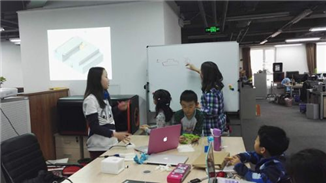
Primary and secondary school 3D printing innovation classroom
Third, “innovation†requires a limited scope. It is purely awkward to let the children innovate casually and to do whatever thinking tools they can't move. There is no purpose, no direction of innovation, it is called fantasy, fantasy based on certain science and technology, we are the real harvest for the children, do not ask for certain works, but can really be implemented in the project is considered valuable. While our adults are working on projects, they know that funds are limited, people's time and energy are limited, and the knowledge building of each team member is still insufficient. Therefore, teamwork is required, and only under certain conditions. creation. Primary and secondary school students still look like this in the 3D printing innovation experiment class. Recently, Baylor I studied the design of foreign STEM classes, which is to let the student team do a meaningful project within a certain scope. When all the restrictions such as time and funds are set, you will find that the students are forced to innovate. This is the "poor thinking change", no matter how it is said, this time not only the three-dimensional design will be ingenious, 3D printing manufacturing will also favor the realization of function-oriented creation, and the dynamics can even be considered only in the professional field. The scope.
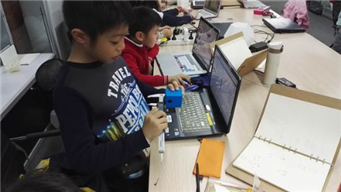
Youth 3D Printing Innovation Lab
According to Bayer's development of my thoughts, 3D technology, whether it is 3D design, CG, or 3D printing, is undoubtedly helping me to think about problems, and also helping me to answer questions in an experimental way, using calculations that fail once and for all. I accumulated data that spanned my thoughts until I discovered my career direction and new values.
The future education is not a simple skill class plus the old technical knowledge of slag residue, but a classroom that is adaptable. Under the existing high-tech equipment of primary and secondary schools, students are encouraged to complete projects one by one, thus stimulating The true potential of the students guides them to open their own textbooks and “Da Niang†while they are constantly asking questions, to get in and out of their doubts, and the teachers may not be more professional than the students, but should reasonably guide their innovative thinking. Help the student team to supplement short-board thinking, and the school should continue to introduce more avant-garde technology tools.

Youth 3D Printing Innovation Lab
The above is a few words, but it is indeed the result of hundreds of primary and secondary school curriculum practice. It is also a reference for me to design 3D printing innovation courses for schools. I hope to give more teachers and parents who are looking for answers to a little inspiration, and also hope to start a business. The little friends found a little valuable business opportunity.
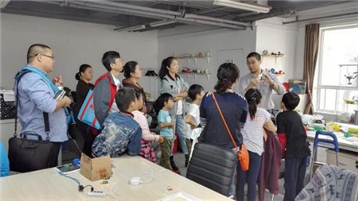
3D printing parent-child science
Car Seat for Toddler, forward facing safety seats, rearward facing safety seats, car safety seat for toddler
NINGBO BABY FIRST BABY PRODUCTS CO.,LTD. , https://www.maxinfglobal.com